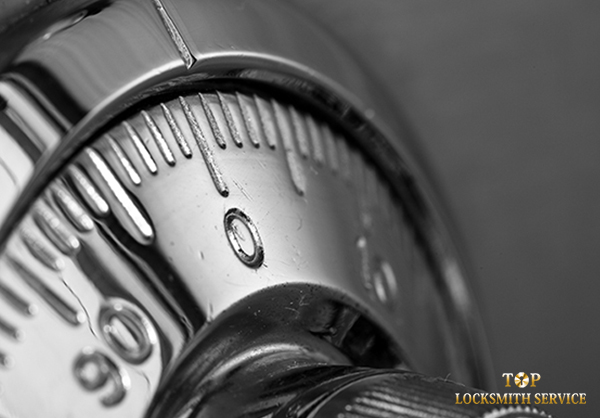For an item as ubiquitous and universal as safes, very few people know about their history, or the technical aspects of their construction. Here’s our primer on little known facts about safes.
The higher the price, the more quality the safe
While this equation isn’t always true with every kind of product, with safes it definitely is. The more expensive the safe is, the stronger it’s doors and body are, the thicker the metal is, and these safes contain materials that can blunt drills, cutting tools, and even disperse heat. Cheap safes, on the other hand, can be opened with the strike of a skilled hand – think about cost as a measure of how expensive the materials are, and with how much care they are constructed.
Safes should be Hidden
Make sure to conceal safes; by hiding it, any burglar will have to find it before even being able to attempt to enter it – making it even less likely that they will be able to steal from you. An even greater security tactic is to hide the safe in the floor or within a wall – this will cover up it’s weaker sides, and allow you to hide it in a way that most people wouldn’t be able to see.
The more inaccessible the safe is, the better it’s hidden
The most secure safes are the one’s that are hardest to access – any safes that are made invisible, or even inaccessible, requiring some kind of advanced exhumation are completely protected from the average thief. This is the best possible way of hiding a safe – however if it’s a safe you want regular access to, this strategy might prove inconvenient, if superiorly secure.
Safes can be cut
This is why adding additional layers of concealment is such a good strategy. Although a quality safe will be protected from the average criminal, if you’re handling something truly priceless, you may be dealing with a more advanced level of burglar. It’s worth it to bear in mind that even Diamonds and Steel can be cut with the right tools – so it’s important to keep your investments secure by not only investing in the highest quality safe, but by making it as hard to access as possible.
How Criminals can Break into Safes
We are all familiar with the cinematic trope of the burglar cracking the safe by using a stethoscope to listen for the clicks – this isn’t really that common. Most criminals aren’t lockpicking experts – they are mostly concerned with getting out of there as quickly as possible. The majority of thieves will steal the entire safe; the common approach to mitigate this risk is to bolt the safe directly to the floor. This should never be done,a s then the thief can use the floor’s leverage to pry open the door of the safe with a crowbar. Expensive safes made of strong material can be broken into using angle grinders or torches – advanced and uncommon equipment, but equipment that is surely out there in the world. Whether you have a safe in your hallway closet or in a bank, they are not completely impervious – making the importance of concealment and deterrents an even more pressing issue.
